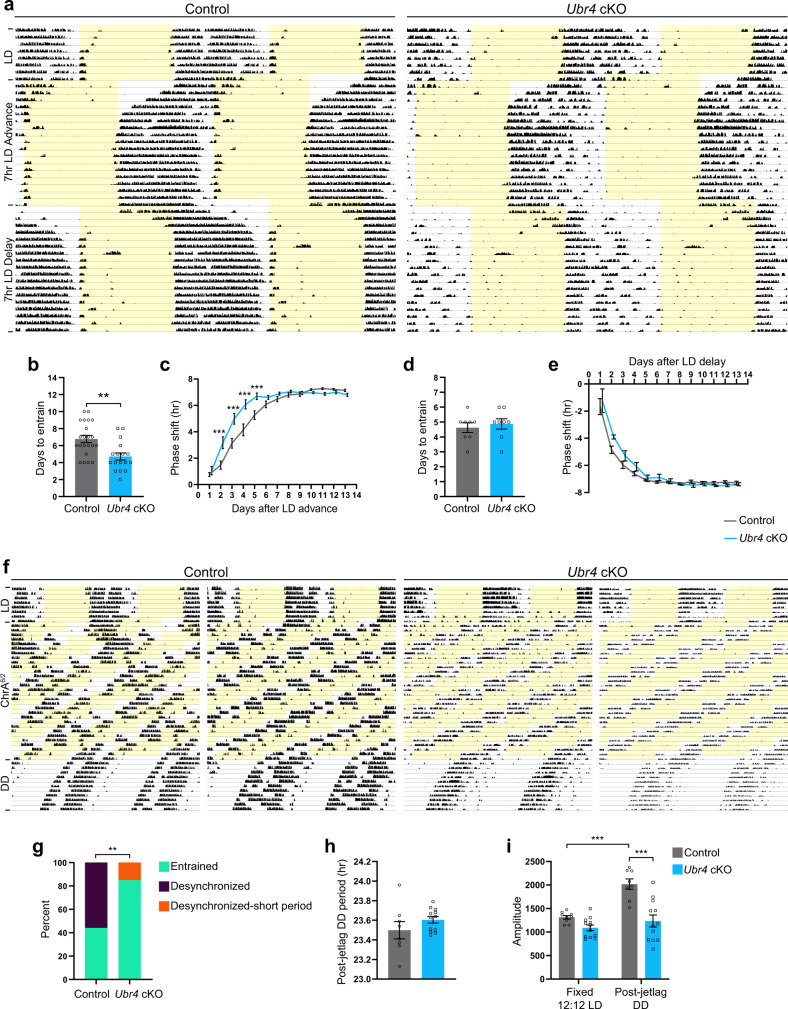Fig. 2. Absence of UBR4 in the murine SCN promotes entrainment to acute and chronic jetlag.
a, f Representative actograms displaying wheel-running activities of control and Ubr4 cKO mice subjected to a 7-h LD advance followed by a 7-h LD delay (a), or to chronic jetlag (ChrA6/2) (f). Periods of light are shaded in yellow. b, d Days to re-entrain to the 7-h advance (b) or delay (d) of the LD schedule. For b, n = 22 control and 17 Ubr4 cKO; **p = 0.0017, two-tailed Mann-Whitney U test. For d, n = 8 per genotype; two-tailed unpaired t test. c, e Daily phase shifts to the 7-h advance (c) or delay (e) of the LD schedule. For c, n = 22 control and 17 Ubr4 cKO; ***p < 0.0001 (days 2–4), ***p = 0.0006 (day 5). For e, n = 8 per genotype. Linear mixed-effects modeling with Bonferroni’s post hoc (c, e). g Percentage of mice displaying “entrained” (one rhythm, ~21 h period), “desynchronized” (two rhythms, ~21 h and >24 h periods), or “desynchronized-short period” (two rhythms, ~21 h and < 24 h periods) behavior under the ChrA6/2 schedule. n = 9 control and 13 Ubr4 cKO; **p = 0.0072, two-sided chi-square test. h Period length under DD after exposure to ChrA6/2. n = 8 control and 12 Ubr4 cKO; two-tailed unpaired t test. i Χ2 periodogram amplitude under pre-ChrA6/2 LD (fixed 12:12 LD) and post-jetlag DD. n = 9 control (fixed LD), 8 control (DD), 12 Ubr4 cKO. ***p = 0.0002, control (LD) vs. control (DD); ***p < 0.0001, control vs. Ubr4 cKO (DD); linear mixed-effects modeling with Bonferroni’s post hoc. Values represent mean ± SEM (b–e, h, i) or percent (g). “n” represents the number of mice.

